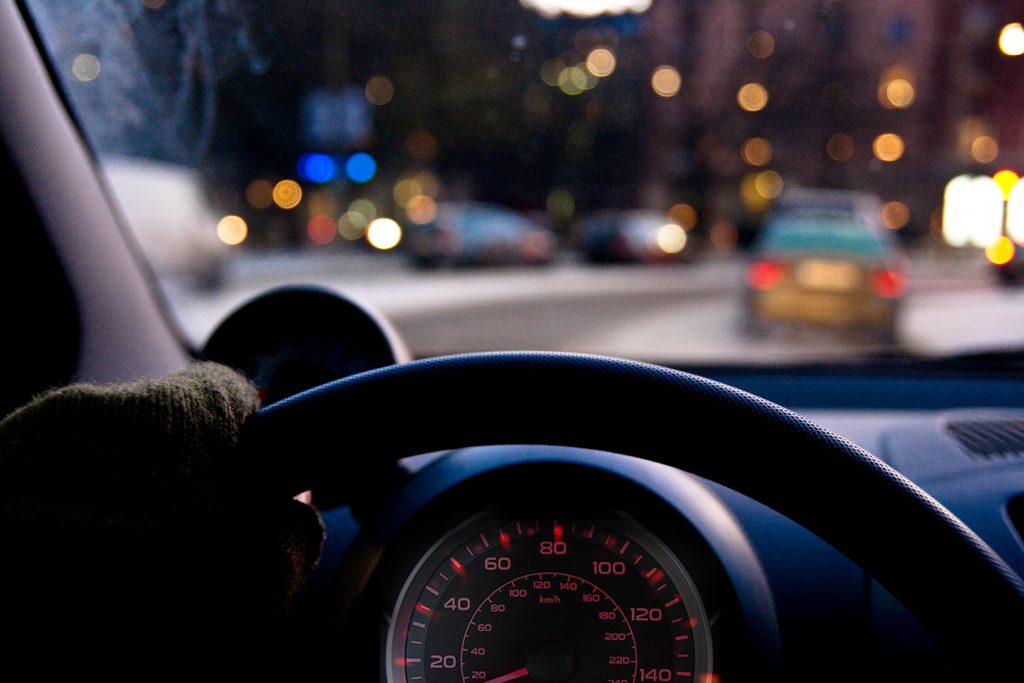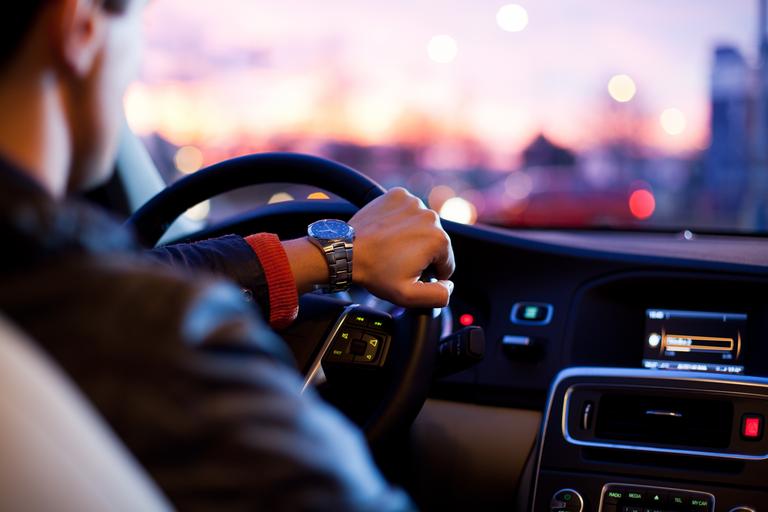Contents
– Stopping distance: definition
– Calculation of stopping distance
– Stopping distance: factors of variation
On the road, properly evaluating stopping distance is crucial. Braking, under normal or emergency circumstances, takes time and distance. The latter is defined by the driver’s reflexes, the vehicle’s speed, the weather conditions, and the road’s adherence. This post takes a look at all of these factors and how you can calculate the stopping distance.
Stopping Distance: Definition
The stopping distance of a vehicle is the sum of the reaction distance and the braking distance.
– Reaction distance: this is the distance covered by the vehicle between the moment when the driver decides to brake and the moment when he presses the brake pedal.
– Braking distance: the distance the car travels after the driver presses the brake pedal and the moment the car comes to a complete stop.
Good to know: the safety distance corresponds to at least 2 seconds to consider these two distances. To evaluate it on the road, choose a fixed marker, such as a tree or a signpost; when the vehicle in front of you passes this marker, count at least 2 seconds. If you pass it after that time, you have enough distance between you.
Calculating stopping distance

Calculating the reaction time
Various studies throughout the world show that the reaction time is within a range of 1.8 to 2.5 seconds.
It depends on many factors: attention, fatigue and drowsiness, driving under the influence, etc.
Calculating the braking distance
The braking distance calculation involves, in theory, various equations to calculate it, which will not be of much use to you if you are not a keen practitioner of physics. A simpler system of theoretical calculation can help you. The values obtained by these calculations are approximate because various factors influence braking.
You can obtain a stopping distance figure by multiplying the tens digit corresponding to your vehicle’s speed by itself. Thus, the stopping distance at 130 km/h will be 13 x 13, or 169 m.
To estimate your stopping distance on a wet road, good to know adds to the result its half. At 130 km/h on a wet road, the stopping distance will be approximately 169 + 84.5 (169/2), or 253.5 m.
Stopping distance: factors of variation
Various factors influence the stopping distance of a vehicle. Some are technical, and others are human. Most of these factors increase the stopping distance, so don’t forget to take them into account.
– Pavement skid resistance: depending on the type of pavement used for its construction, paving stones, sand, earth, draining, or non-draining tarmac. All these types of pavement have different characteristics that influence the stopping distance. Together with the weather, they constitute the coefficient of friction between the tires and the road.
– Weather: Slippery road surfaces due to rain, snow, or ice, as well as the ambient temperature in dry or wet weather, increase stopping distances.
– The slope of the roadway: vehicles will travel a greater or lesser distance to stop depending on the slope’s angle.
– Visibility: fog, rain, snow, hail, and night alter the visibility necessary to interpret risks and dangers and influence the reaction time and distance covered.
– Speed: the higher the speed, the longer the stopping distance.
– Tire wear and pressure.
– The condition of the braking system: the wear of the brake pads or linings, as well as the age of the hydraulic fluid, which is sensitive to heat and must be replaced on average every two years, and the temperature of the discs, pads, drums, and linings after heavy use, will increase the stopping distance.
– The weight of the vehicle: the higher the weight, the longer the stopping distance.
– The state of the driver’s attention span at the wheel: fatigue, driving under the influence of alcohol or drugs, as well as activities that reduce the driver’s attention, such as talking to passengers or being distracted by their behavior, use of the car radio, GPS, cell phone or on-board computer.

